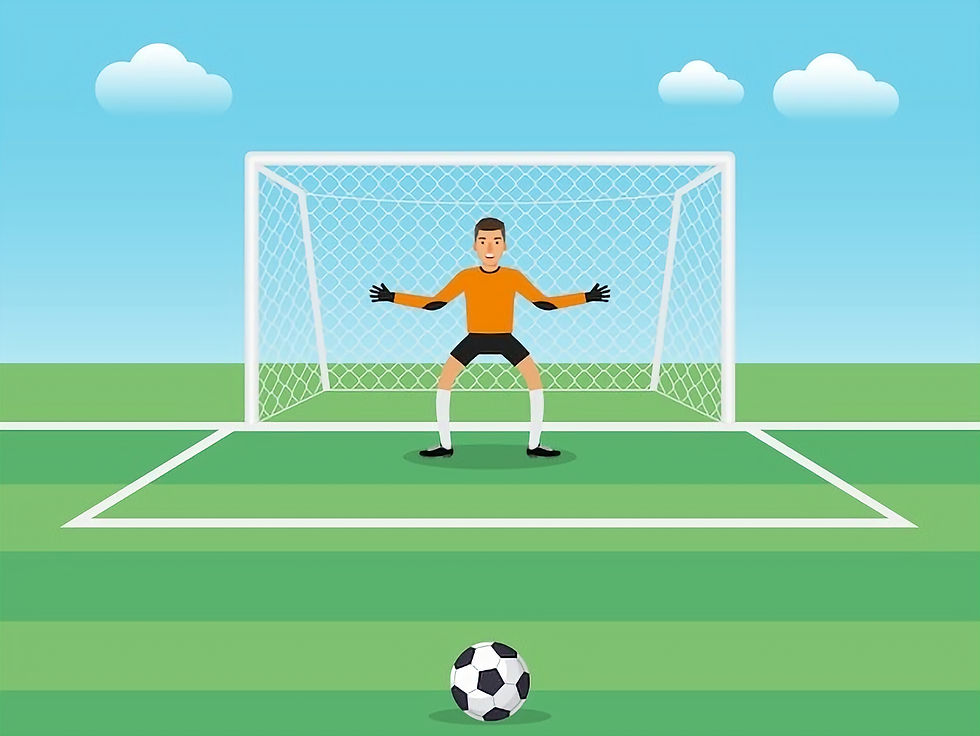What your customers say vs what they end up doing
- sofiasschoice
- 21 mar 2022
- 4 Min. de lectura

I am now pursuing a degree in behavioral and social sciences. In one of my courses, "Behavioral design and nudging," focused on how to master the behavioral design process, from the analysis to the design and the testing.
In one of the sessions, wee watched Kristen Berman's Ted Talk titled "Don't listen to your consumers - do this instead."
To begin, let me state unequivocally that I am a huge admirer of Kristen Berman, the CEO and Co-Founder of Irrational Labs, a “product design and behavior change lab, dedicated to using behavioral economics insights to help people be happier, healthier and wealthier."
Kristen Berman introduces us to the behavioral design thinking process and why this is a better fit in order to create, design and develop products and services. We know that what customers say and what they end up doing are two entirely different things, however, when creating these products, we always seem to follow the same steps: brainstorm, ideate, research (quantitative and qualitative methods), listen to our customers, launch.
Consider the following scenario: you are a company that want to introduce a new product or service. You're conducting some brainstorming and want to learn more about your customers' motives, actions, and attitudes regarding your product.
What is your first reaction? What about a focus group, an interview, or a survey...? Most likely, yeah.
Today's enterprises place much too much emphasis on what their consumers want or claim they want in the future. Companies acquire information through various qualitative research approaches while designing, producing, and marketing a product or service in order to determine how items should be built and developed.
They inquire and listen to their clients, learning about their motives, actions, and reasons for purchasing or not purchasing their products.
When collecting and gathering data, the most typical approaches like as focus groups, interviews, internet surveys, and so on are employed. The three usual questions occur in practically every interview in order to get to know the consumer on a deeper level. However, these three most often requested questions may result in incorrect responses and overall misleading information.
What did you do in the past?- “Doing what is socially acceptable - I stuck to my diet, went to the gym three times a week, and started reading 30 minutes at night”
When asked about the past, individuals will all react in the way they imagine everyone else would respond. They refuse to accept any wrongdoing in the past and take corrective measures. I would never tell you I didn't go to the gym or that I text and drive because that would be ridiculous. I do what everyone else does and what is accepted in society. Is it possible that you've made a mistake? NEVER. People's responses are impacted by how they believe others will respond.
What will you do in the future? - “I will begin saving for retirement, I will start purchasing less and saving more, and I will begin my diet”
When people inquire about your future intentions, you are completely optimistic. We have a tendency to be overconfident and overly optimistic. We want to envision our ideal selves, ones that are always working out, eating properly, saving for retirement, and so on. Everyone feels certain that they will follow through on their promises in the future. We want to see ourselves as this "ideal self" who is healthy, affluent, and wonderful all at the same time.
"Why" do you- “Best decision I've made for myself”
Questions that probe us as to "why" we do what we do. These are the most vexing inquiries. We present ourselves as reasonable beings, and it shows in how we reply to enquiries. Why did you choose this option? " Because, after careful consideration, I made the best decision for myself" (in truth, they chose this option because either they were lazy, or because they followed what other people did, or simply because they didn't know what else to do).
We can't ask someone directly why they're doing what they're doing if we want to know and understand why they're doing it. We can't trust them to tell us the truth because we're designed that way, not because they're trying to fool us.
But, if we can't trust individuals to tell us the truth, how can companies comprehend people's behavior and develop solutions that benefit them?
BEHAVIORAL DESIGN is the solution.
Behavioral design is a problem-solving method in which behavioral science findings are incorporated into design decisions. Behavioral design is divided into three stages.
UNDERSTAND - Behavioral diagnosis: a thorough plan outlining every single step someone must do in order to achieve the desired objective
EXPLORE - Identify biases: barriers and frictions that inhibit decision-making. Recognizing decision-making cognitive biases (e.g. loss aversion, social proof, optimism bias)
MATERIALIZE - EXPERIMENT: Experiment with the cognitive biases discovered

In order to build, develop, or design a product, directly asking your consumers for feedback and insights may be the simplest way to go, but it is not the best answer. Using behavioral design, you may find a far more precise and efficient solution. Rather than simply asking, you investigate whatever hurdles and frictions are influencing this decision-making and then test it to see how you might address it.
If you are a designer, a product developer, member of an organization, or simply an amateur of behavioral science, this article is for you. Make sure you experiment, test, and study rather than simply asking people questions about their past, future, or "why." Go above and beyond.
Ps: what people say, what people do, and what people say they do are entirely different things
References
(2019). Retrieved 21 March 2022, from https://www.youtube.com/watch?v=2gxnr3r1YVU
Don’t listen to your customers. (2020). Retrieved 21 March 2022, from https://medium.com/@emrreguney/dont-listen-to-your-customers-958765dc3357



Comentarios